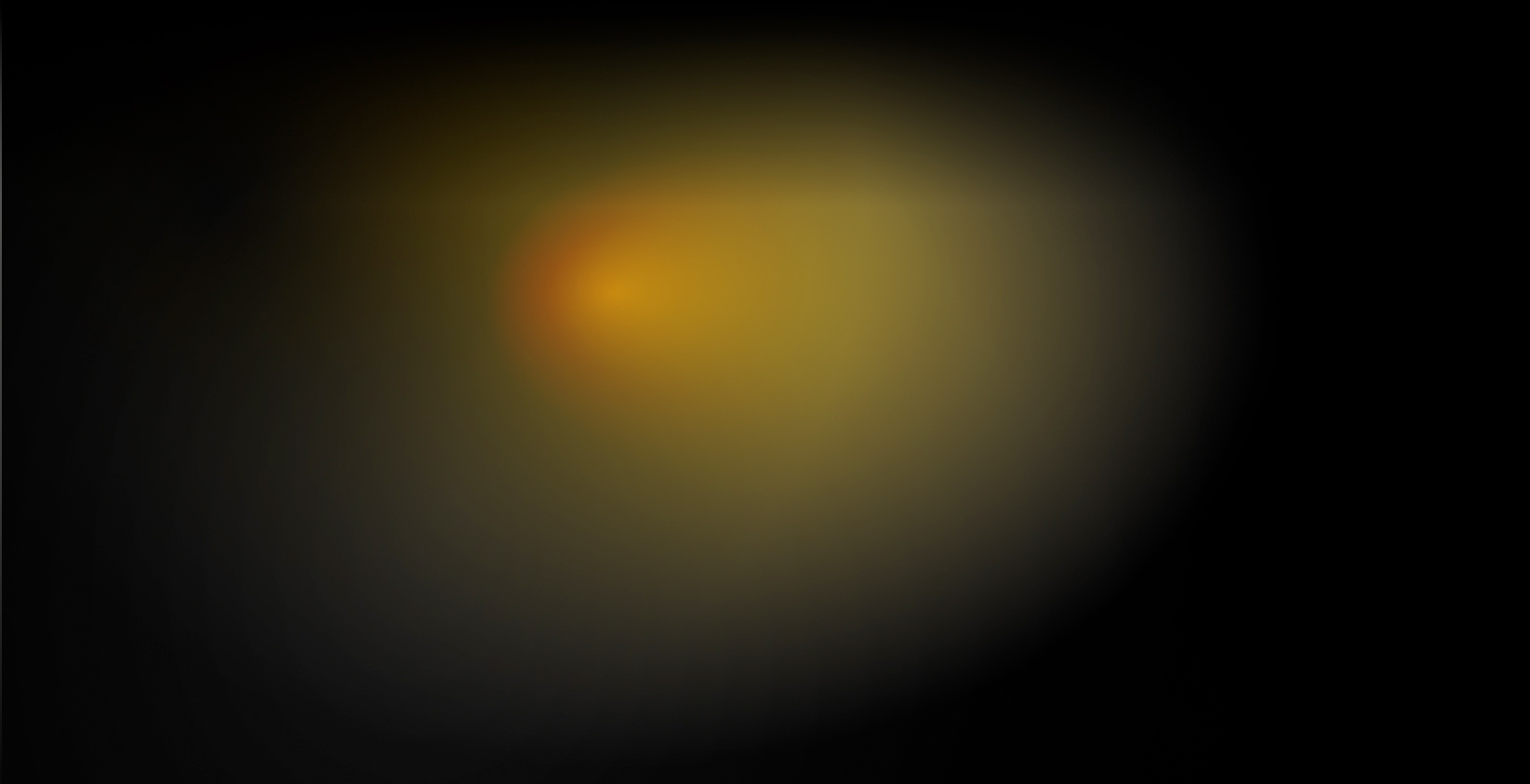Green technology
No reagent no waste
Physical Vapor Deposition (PVD) and Plasma assisted Chemical Vapor Deposition (PaCVD) technologies are highly efficient vacuum metallization treatments with very low environmental impact capable of replacing more polluting methodologies.
STS coating deposition technologies
PVD (Physical Vapor Deposition) and PaCVD (Plasma assisted Chemical Vapor Deposition) are both to be considered plasma deposition. They allow to combine metals (Ti, Al, Cr…) with non-metals (N, C) to produce nanostructured layers with excellent tribological characteristics.
The metal is made available through arc evaporation or sputtering, the non-metal is supplied as a gas: their reaction produces the coating which adheres to the substrates by potential difference.
We are experts in PVD and PaCVD (DLC) deposition technologies
Our in-vacuum technologies make it possible to create a large variety of compounds, from simple metal depositions to alloys to conductive and insulating compounds. They provide great flexibility and enormous advantages both functionally, thanks to the chemical-physical characteristics of the film itself, and decoratively, thanks to the huge range of colors obtainable. Discover our technologies and their advantages.
PVD technology
PVD HDP technology
PVD Sputtering technology
PaCVD DLC technology
Green technology
All our PVD and PaCVD (DLC) coatings are deposited with the vacuum technique. Reagents and wastewater have zero environmental impact, which is why our technology is “green” in all aspects.
Our idea of respect for the environment is not only in the development of coating solutions with a very low environmental impact. Our commitment is also in all corporate operations aimed at sustainability and in a series of internal measures such as the management of special waste.
From the beginning we have worked with a green approach from three points of view.
The first is related to the choice of PVD (Physical Vapor Deposition) technology which is a green technology as such.
No solvents.
PVD (and PaCVD/DLC) technology uses vacuum. It uses pure gases such as nitrogen, argon and acetylene. The process involves the use of metal species directly from metal plates, so it does not use liquid precursors mixed with solvents.
No air emissions.
The realization of the coating is produced through a chemical reaction and an electrodeposition: therefore the emission into the atmosphere is none other than the air present inside the chamber.
No water, no waste.
The entire PVD process is truly harmless to the environment: it does not consume water, does not use toxic materials and does not produce polluting substances or toxic residues.
Vacuum metallization technologies are safe and clean. This is why they are increasingly required to replace other more polluting methodologies.
The second is related to our complete manufacturing cycle
Performance and sustainability guide our production choices.
Our washing, shot blasting and polishing processes are cycles that have no toxic emissions for humans or the environment. For washing we have opted for water-based technology and non-solvent detergents, a coherent choice aimed at preserving the environment and safeguarding safety in the workplace.
In addition, we of course pay the utmost attention to the management of the remaining hazardous waste.
The third is related to the coated product
The intrinsic characteristics of our coatings lengthen the life cycle of the product and allow the elimination of polluting substances such as lubricants.
In the automotive sector, for example, coatings make it possible to reduce the friction of the engine components and therefore to reduce fuel consumption and the related emissions into the atmosphere.
Used on gear tools, they avoid the use of lubricants that are always difficult to dispose of.
These are two examples of how our PVD solutions contribute to obtaining a product considered greener.

